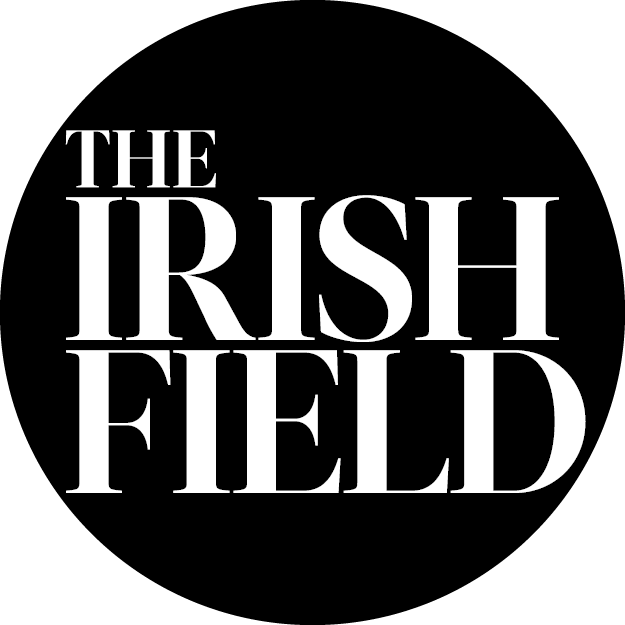IT is a simple fact of life that some things just lend themselves to digitalisation. From shopping to socialising, plenty of areas of life were, on reflection, simply waiting for the internet to come along and transform them into something new, novel, and convenient.
Other things have, for the most part, endured as though the technological revolution never occurred. Traditional methods, practices and approaches continue to reign, and these areas come to represent a shrinking minority against the face of an increasingly digitalised world.
For many years, it seemed as though the world of horse care – a world defined by a slower, more traditional approach – represented one of those walks of life far removed from digital trends and revolutions. There was, of course, a certain amount of pull from modern life. Historically, the world of horse breeding and racing offered the ideal inspiration for the tech industry.
From online brokers to games like ‘Horses Before Hold ’em’ from GGPoker, the relationship between the horsing world and the world of tech was limited and, for the most part, unidirectional – but, in the right arena, nonetheless effective.
Now, however, it seems as though technology has found a home within the world of horse care – and to great effect. From artificial intelligence to virtual and augmented reality, read more about the ways in which tech is transforming horse care for the better, below.
Artificial intelligence
Artificial intelligence is a multi-level phenomenon. It holds unquantifiable potential for industries across the globe, from medicine and healthcare to food production, customer service and much, much more. While it may, at this early stage, seem unexpected, the applications artificial intelligence holds for horse care will one day seem, on reflection, like an inevitability.
Equine health monitoring is a process that, to be effective, requires continued maintenance beyond the scope of any single human. In order to find meaning in patterns of data, and to be able to anticipate a creature’s needs before they even arise, the unique power of artificial intelligence must be used.
Utilising artificial intelligence for equine monitoring represents the very cutting edge of veterinary technology – and one that will have a profound impact on horses around the world now, and in the future.
Virtual reality
The applications for virtual and augmented reality expand far beyond gaming and movie watching. Increasingly, many industries are uncovering new, practical applications for these connected technologies – whether that be in improving the monitoring chain, or enabling field workers to access materials, resources, and salient information while they are on the job. Alternatively, in areas where training is restricted by the risks of letting novices loose in complex procedures, VR can provide the most immersive and realistic alternative to the real thing.
The story is the same in the realm of equine care and veterinary science. Rather than a veterinarian’s first experience of a procedure occurring in situ, the vet can instead practice with the assistance of a realistic VR engine. Furthermore, when the real procedure does take place, the vet can utilise augmented reality to ensure that all relevant information, stats, and resources ‘exist’ within their field of vision, and are available at all times.
Equine care may seem an unlikely target for the cutting edge of the tech industry, but, in reality, there exists a growing list of areas in which the experience can be improved upon, and ensure a better level of care for the horses – and an easier time of it for those with a responsibility to them.
While uptake will, no doubt, prove to be slow, we can anticipate further advancements in the realm of equine care and technology in the future.


 This is a subscriber-only article
This is a subscriber-only article
 It looks like you're browsing in private mode
It looks like you're browsing in private mode









SHARING OPTIONS: